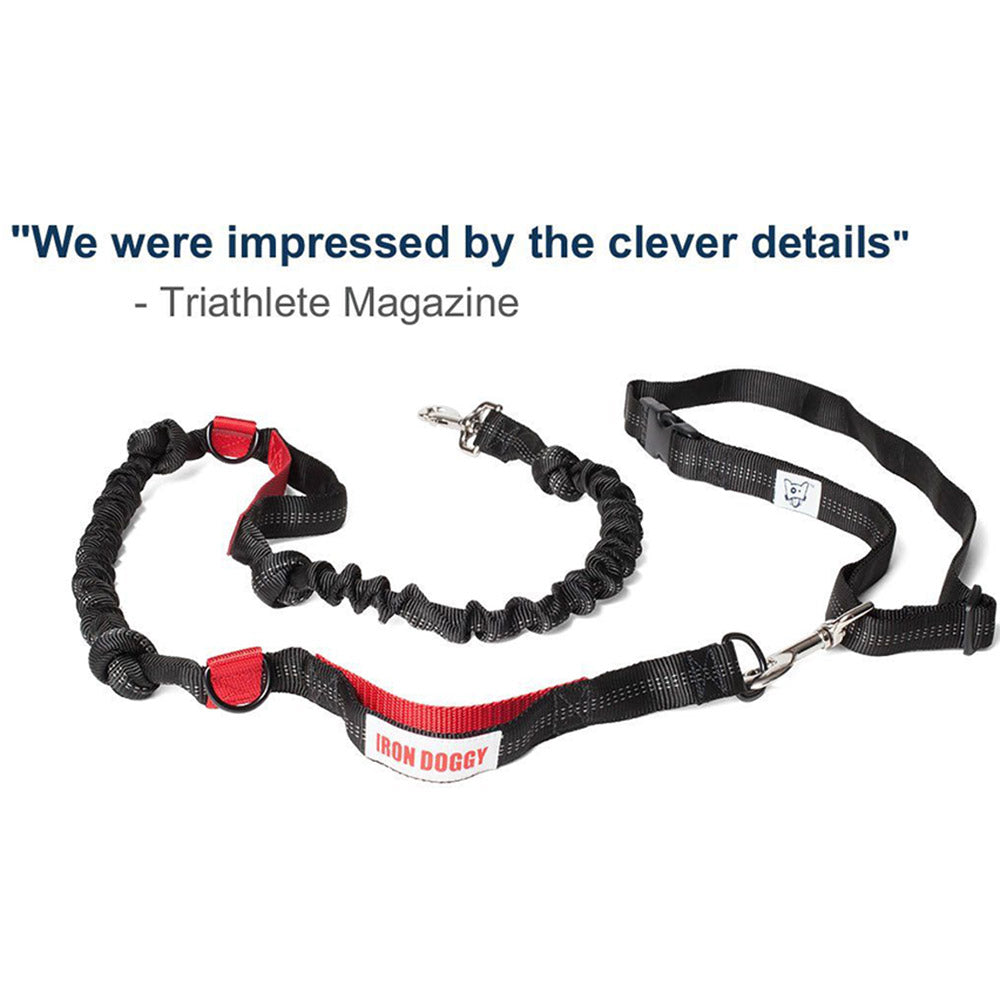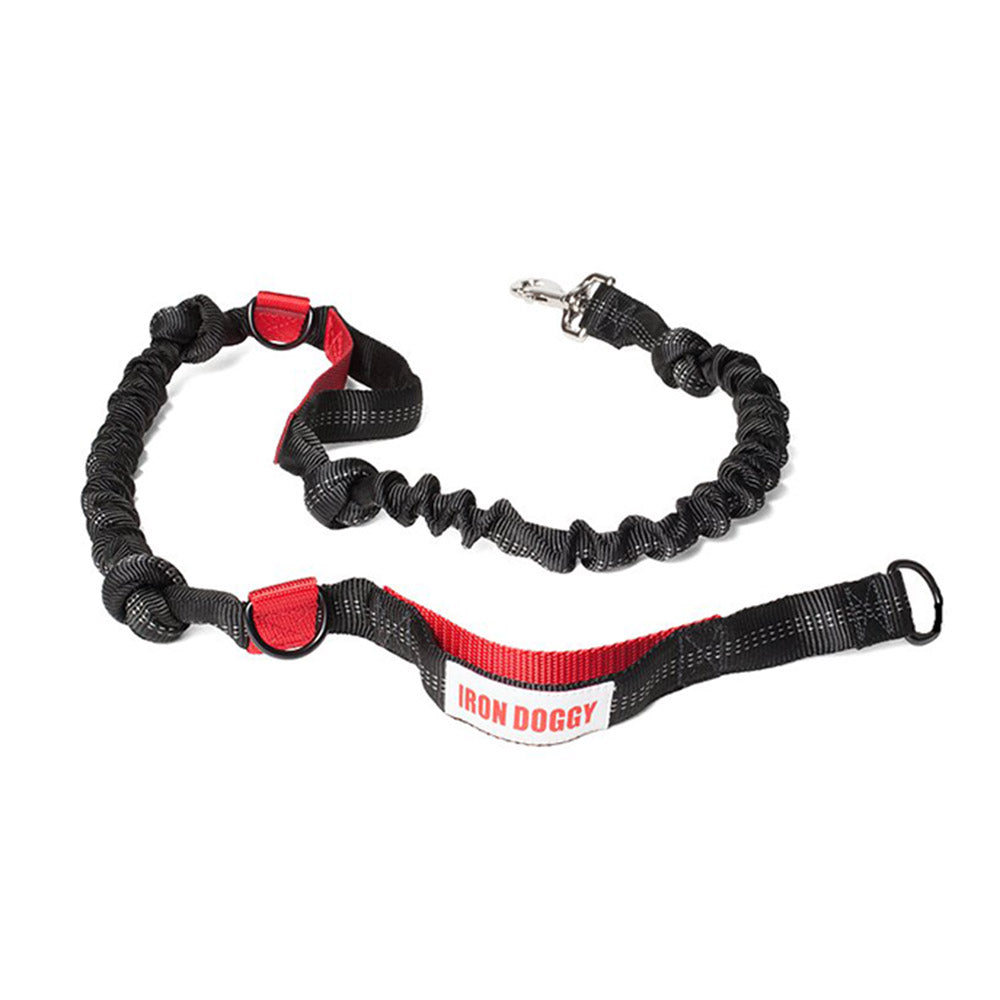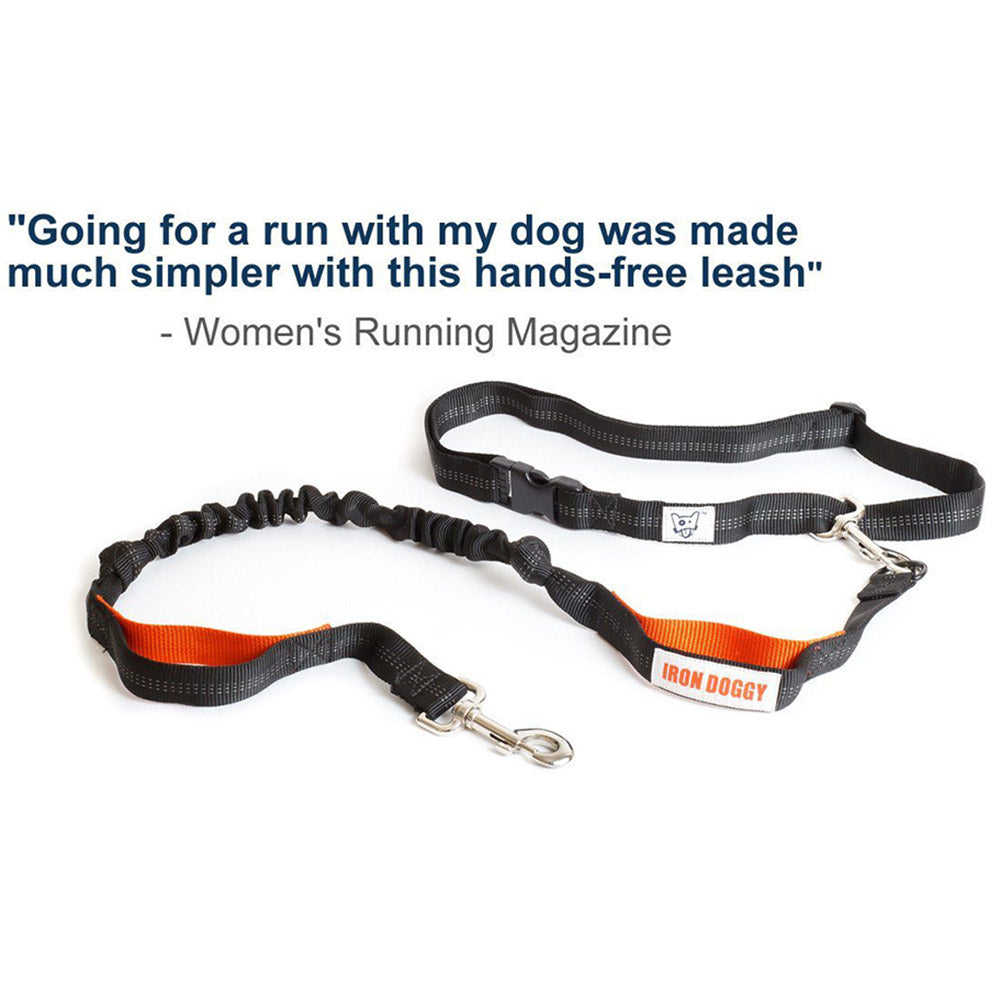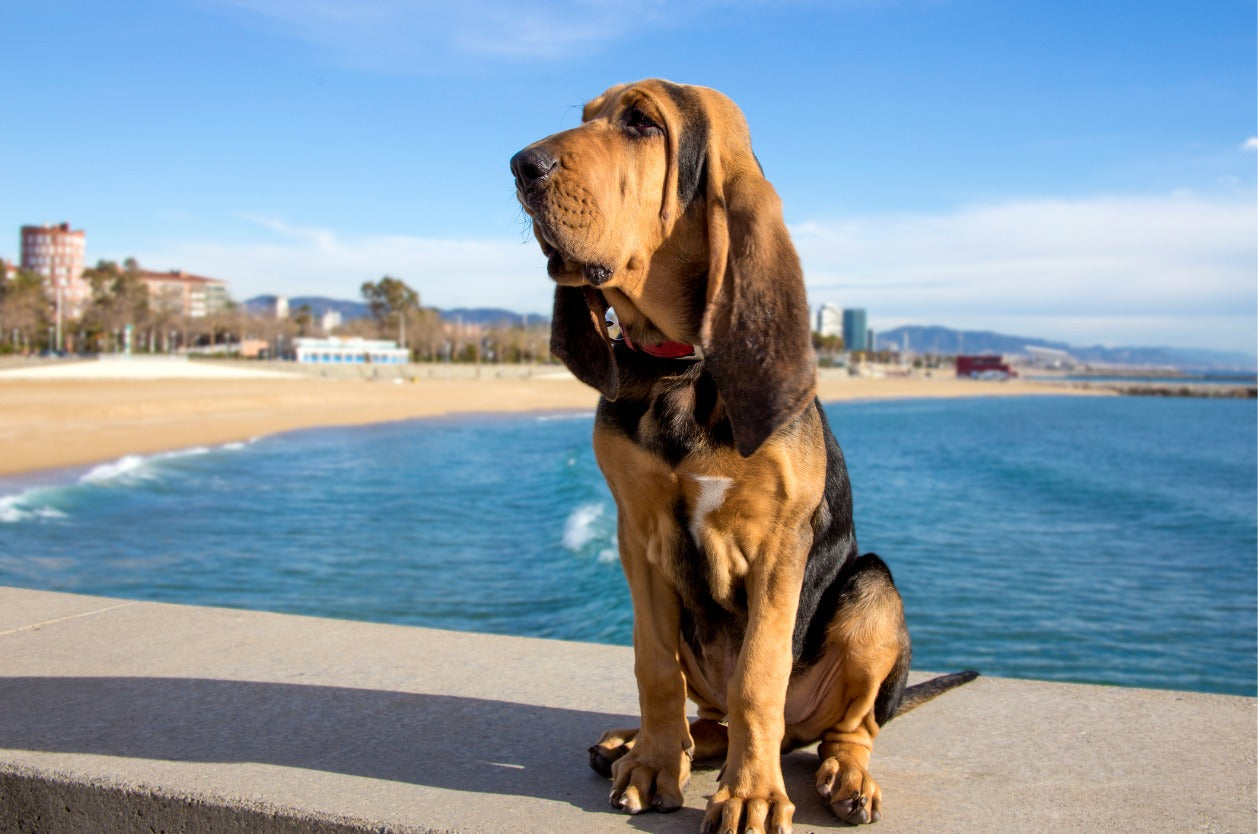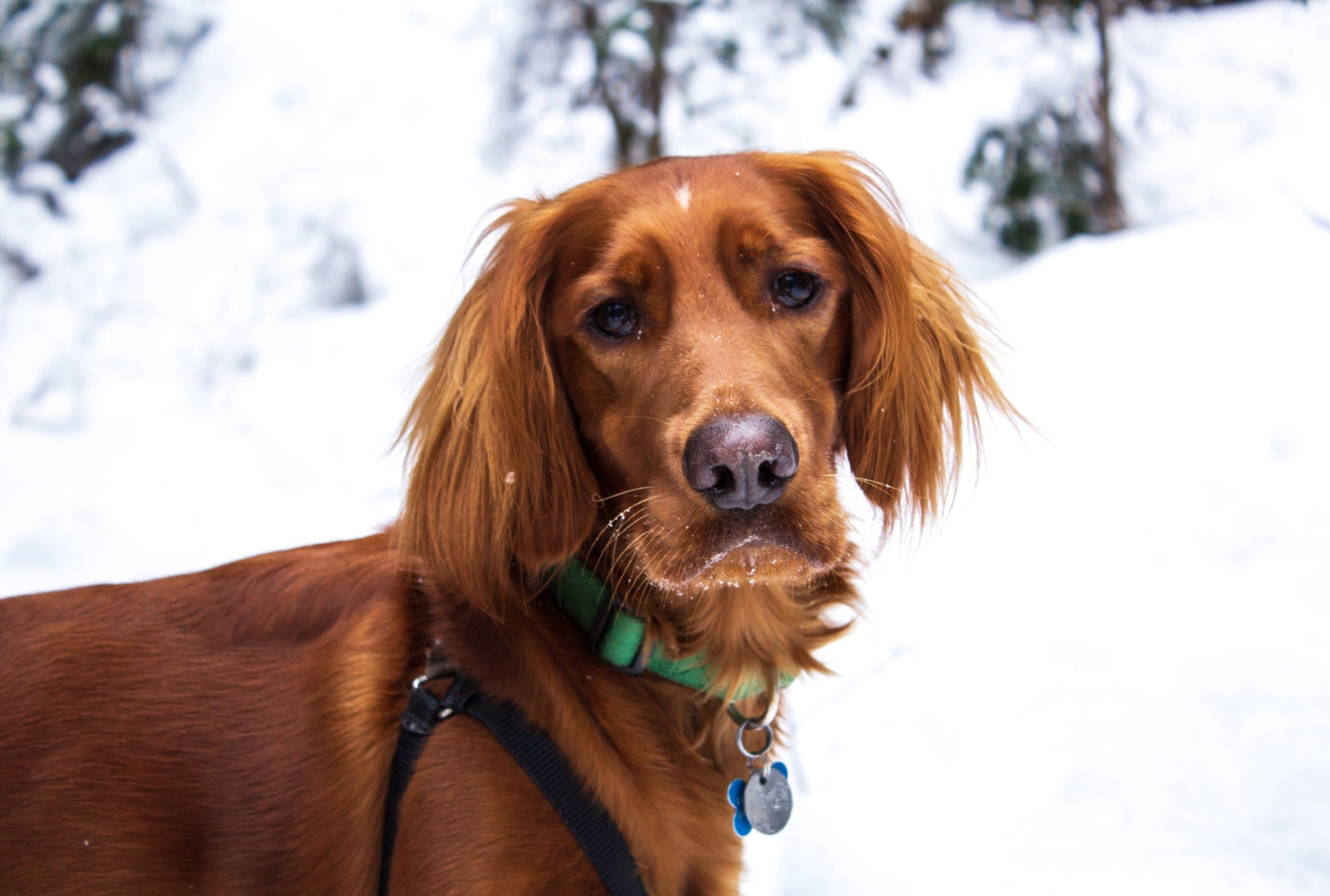
When it’s cold, wet, and potentially snowing outside, and you're relaxing on the couch with a warm beverage watching the latest episode of your favorite Netflix show, it may seem more appealing to stay inside, versus heading out for a run with your favorite pup. Fortunately, if you do have a canine companion, you already have the perfect running partner. Dogs are always eager for an excursion. Running with your dog is the best motivation to get out there and get some exercise together.
Is it OK to run with your dog in the winter?
In this post, we’ll share a few ideas on how to get motivated to stay active while making sure your pup stays safe. Read on to discover best tips on running with your dog in a cold climate.
Prepare for the Weather
It's too important to miss. Winter’s chill comes with many dangers including windburn, frostbite, and exposure. If it’s too cold for you, it’s probably too cold for your pup. Running with a dog should be safe as long as the temperature ranges somewhere between 14°F and 75°F (about -10° to 24° C). Reschedule your run if necessary. It’s far better to miss a few days of running than miss a few months because of an injury.
Bear in mind that your dog is closer to the ground than you, making it easier for them to become cold quicker (dogs are susceptible to hypothermia as well). Snow and ice can cause their paw pads to dry out and crack.
Also, make sure you don’t venture too far from home, in case you need to call-it-a-day earlier than expected. Finally, remember that night comes sooner during the winter, so it's best to start as early as possible. Otherwise, come prepared with warm, reflective clothing.
Pace Yourself
Regardless of the weather, pacing yourself is important. There are added hazards, less than ideal road conditions, and colder temperatures, so running with your dog in this climate is probably not an ideal time to surpass your PR (personal record). Considering the limitations of the season, choose a distance and pace that works for you and your dog.
Pick a Leash Designed for Running
You and your sidekick will likely navigate an icy surface differently. This makes it crucial to have control over your dog, so they don’t pull you too fast over a potentially icy surface. To avoid this, we recommend an excellent hands-free running leash. One that is designed to protect you from unpredictable lunges, pulls, and abrupt change in direction – the Runner's Choice leash is perfect for keeping you both safe on winter roads.
Watch Your Dog’s Behavior
As a dog owner, it’s essential to pay attention to your pup's running form. If they are running with just three feet, it may be in an attempt to keep the fourth warm. If you notice any hobbling, it’s obviously a clear sign that it’s been enough for one day. Remember, your dog can’t tell you when they are too cold, so you’ll have to use your best judgment.
Winding Down
One of the most significant side effects of running in the winter is the post-run chills. The sweat that accumulates on your clothes and body will freeze once you stop moving.
Likewise, your dog will build up moisture from the ground. It's crucial to end your run where it’s easy for both of you to get warm and dry. If you need to drive home from your end point, always try to keep an absorbent towel and blanket in the car for your canine running partner. Your pup will thank you for it!
References:
https://www.runtastic.com/blog/en/9-tips-for-running-with-a-dog/
https://www.runnersworld.com/women/a20798897/tips-for-winter-runs-with-your-pup/

